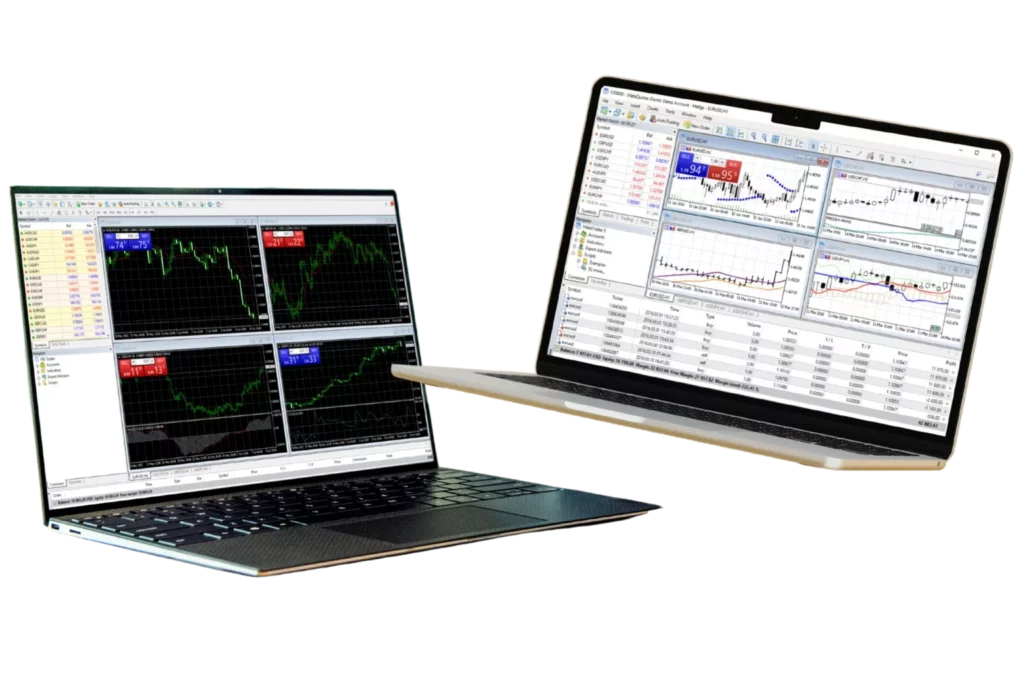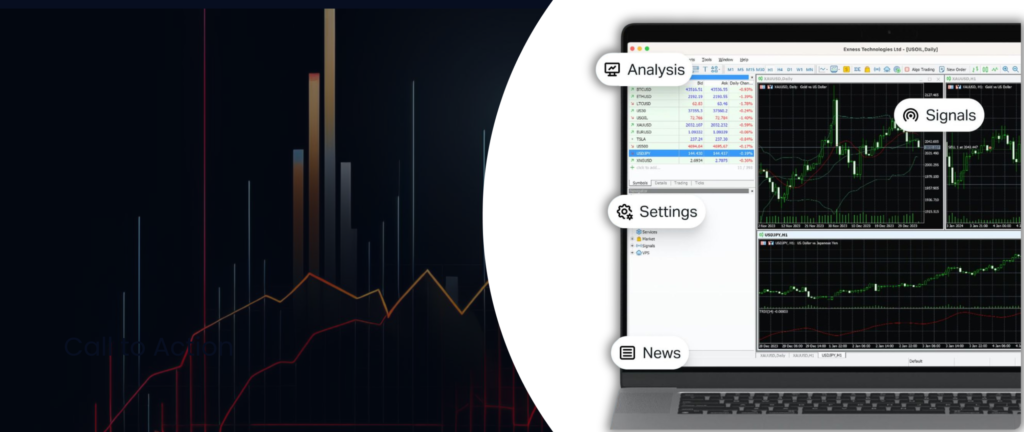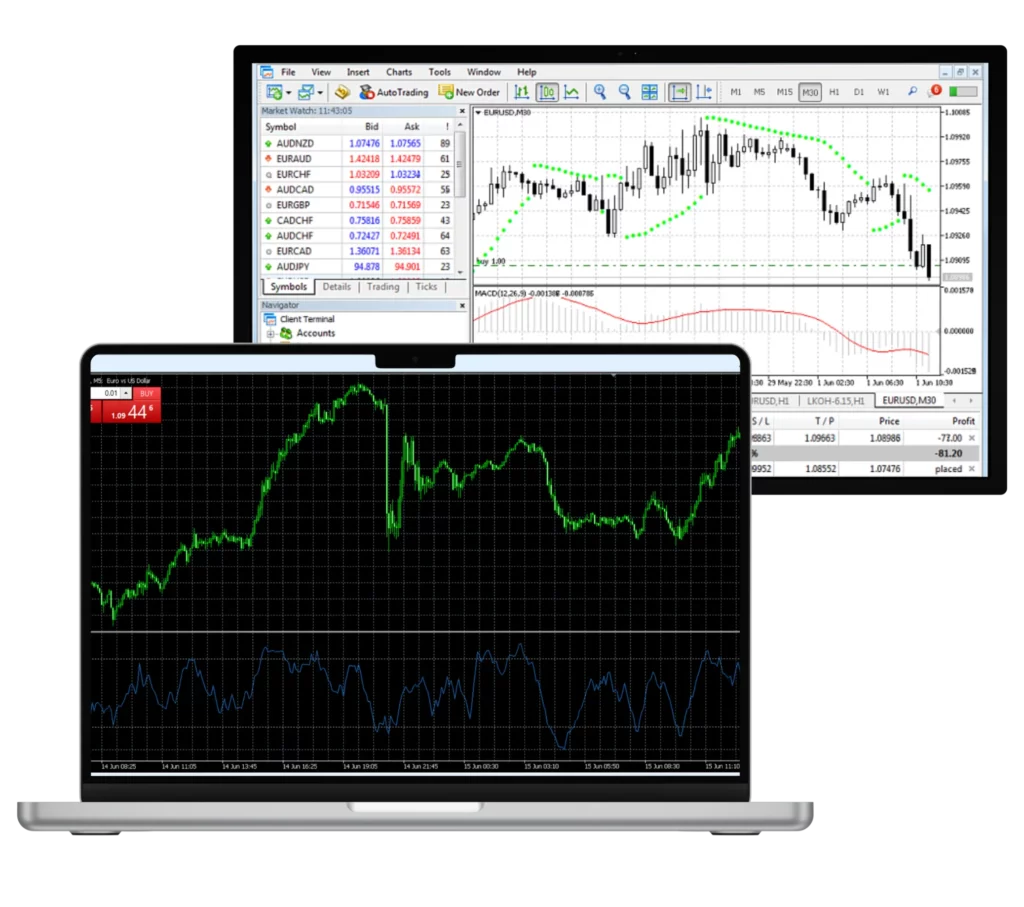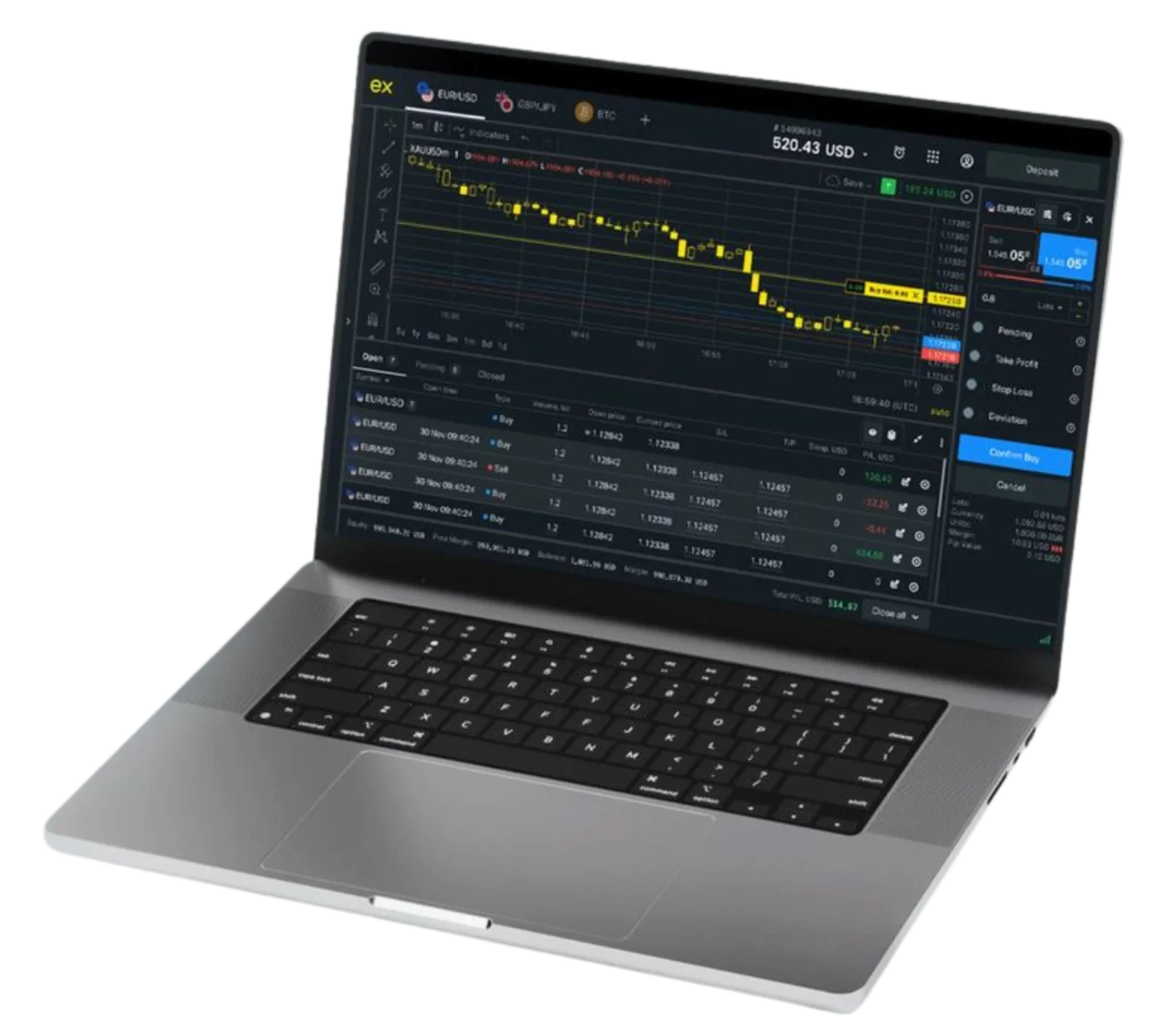What is Leverage?

Definition of Leverage
Leverage in trading allows traders to control positions significantly larger than their initial investment. Essentially, it involves borrowing capital from the broker to amplify market exposure, enabling traders to maximize opportunities with minimal upfront capital.
Example of Leverage
With a leverage ratio of 1:100, a trader can control a $100,000 position by using just $1,000 of their own funds. The broker covers the remaining $99,000, allowing traders to magnify potential profits—or losses.
How Leverage Works in Trading
- Leverage and Margin Relationship:
Leverage operates in tandem with margin. Margin represents the initial capital required to open a leveraged trade, acting as collateral for the borrowed funds. For instance, with 1:100 leverage, the margin requirement is 1%, meaning a trader must provide $1 for every $100 traded. - Example:
If a trader uses $1,000 with 1:100 leverage, they can control $100,000 in market exposure. A 1% price movement in their favor results in a $1,000 gain—equivalent to their initial investment. However, a 1% adverse movement would result in a $1,000 loss, wiping out the margin.
Exness Leverage Explained
Leverage Options on Exness
Exness offers flexible leverage ratios to cater to different trading styles and risk appetites:
- Low Leverage: Options like 1:1 for traders seeking minimal risk.
- High Leverage: Ratios up to 1:2000 for experienced traders aiming to maximize market exposure with minimal capital.
Types of Leverage
- Flexible Leverage:
Traders can adjust leverage based on their strategy, market conditions, or risk tolerance. This feature ensures greater control over exposure. - Fixed Leverage:
Remains constant throughout the trading process. Some instruments may only offer fixed leverage to mitigate risks associated with high volatility.
How to Apply Leverage on Exness
- Choose Leverage During Account Setup:
When opening an Exness trading account, select the desired leverage ratio based on your trading needs. - Adjust Leverage:
- Log in to your Exness account.
- Navigate to the account settings.
- Modify the leverage ratio within the allowed range.
- Confirm the changes and begin trading.
Benefits of Using Leverage

Increased Trading Potential
Leverage enables traders to control larger positions with a smaller initial investment, allowing them to amplify returns. For example, with $500 and 1:100 leverage, a trader can control $50,000, opening opportunities that would otherwise require substantial capital.
Capital Efficiency
Leverage allows traders to allocate capital more strategically. By committing only a fraction of their funds to margin requirements, they can:
- Diversify trades across multiple instruments.
- Reserve capital for other investments or opportunities.
Improved Profitability (Potential)
Leverage magnifies potential profits, enabling traders to achieve significant gains with minimal input. However, traders must remain aware of the corresponding risks to avoid substantial losses.
Risks of Using Leverage
Amplified Losses
Just as leverage increases potential profits, it also magnifies losses. A small adverse price movement can result in significant losses relative to the initial margin.
- Example:
With 1:100 leverage, a 1% unfavorable price movement can wipe out the entire margin. If the position is not adequately managed, traders risk losing their initial deposit.
Margin Calls and Stop-Outs
- Margin Call: Occurs when account equity falls below a specified margin level. Traders are prompted to add funds to maintain open positions.
- Stop-Out: If the account equity continues to decline, the broker will automatically close positions to prevent further losses.
Risk Management
To mitigate risks associated with leverage, traders should:
- Use Stop-Loss Orders: Automatically close trades when a specified price level is reached, limiting potential losses.
- Limit Trade Sizes: Avoid over-leveraging by opening smaller positions relative to account size.
- Monitor Positions: Regularly review market conditions and adjust trades to account for volatility.
By understanding the mechanics of leverage and its impact on trading outcomes, traders on Exness can maximize their potential while effectively managing risks. Whether you’re a beginner or a seasoned trader, leveraging responsibly is key to long-term success in financial markets.
Leverage for Different Trading Instruments

Leverage on Forex Pairs
Exness offers tailored leverage options for trading currency pairs, allowing traders to optimize their strategies across major, minor, and exotic pairs:
- Major Pairs: Leverage up to 1:2000 is available for major currency pairs like EUR/USD or GBP/USD, providing traders with high flexibility and lower volatility.
- Minor Pairs: Slightly lower leverage ratios may apply due to increased volatility compared to majors.
- Exotic Pairs: Leverage is more conservative for exotic pairs like USD/TRY or EUR/PLN to account for higher market volatility and reduced liquidity.
Leverage on Other Instruments
Exness also provides leverage for various other financial instruments:
- Commodities: Instruments like gold and oil typically have leverage options ranging from 1:50 to 1:500, depending on market conditions.
- Indices: Leverage ratios vary but are generally lower than Forex pairs due to the inherent risks associated with stock indices.
- Stocks: Leverage for individual stocks is generally limited to lower ratios, such as 1:20, reflecting the volatility and liquidity constraints of equity markets.
Exness Leverage Limits
Leverage Limits Based on Account Type
Exness offers different leverage limits depending on the account type:
- Standard Accounts: Leverage up to 1:2000 is available, making it ideal for traders with smaller initial capital.
- Pro Accounts: Also offer leverage up to 1:2000 but require a higher minimum deposit, reflecting their suitability for experienced traders.
Geographic Limitations
Leverage limits are subject to regional regulatory requirements:
- Europe: Under ESMA regulations, leverage is capped at 1:30 for retail clients trading major Forex pairs, with lower caps for other instruments.
- Asia and Offshore Regions: Traders may access much higher leverage ratios, such as 1:2000, due to less stringent regulatory restrictions.
How to Choose the Right Leverage for Your Trading Style

Assessing Your Risk Tolerance
- For Beginners: Start with lower leverage (e.g., 1:50 or 1:100) to limit risk while learning the dynamics of the market.
- For Experienced Traders: Higher leverage may be appropriate, but risk management practices like stop-loss orders are essential.
Leverage and Trading Strategy
- Long-Term Strategies: Professional traders often opt for lower leverage to reduce exposure and withstand market fluctuations.
- Short-Term Strategies: Scalping and day trading strategies typically utilize higher leverage to capitalize on smaller market movements.
Impact of Volatility on Leverage
- High Volatility: During volatile periods, such as economic announcements, traders should consider reducing leverage to mitigate potential losses.
- Low Volatility: Higher leverage can be used in stable markets to amplify potential profits without excessive risk.
Exness Leverage and Regulation
Regulatory Considerations
- Europe (ESMA): Leverage is restricted to 1:30 for major Forex pairs to protect retail traders from excessive risk.
- Australia (ASIC): Similar restrictions apply, with caps at 1:30 for major pairs and lower for others.
- Global Markets: Offshore regions offer significantly higher leverage ratios, up to 1:2000, giving traders more flexibility.
Exness Compliance with Regulations
Exness adheres to regional regulations to ensure client safety and maintain transparency:
- Implements leverage limits where required by law.
- Offers professional accounts with higher leverage for eligible traders in restricted regions.
Exness Leverage and Account Types
Different Leverage Options for Different Account Types

Exness provides tailored leverage options for its various account types to meet the needs of different traders:
- Standard Account: Designed for beginners, offering high leverage (up to 1:2000) with minimal deposit requirements.
- Pro Account: Aimed at experienced traders, also offering high leverage but with access to advanced trading tools and features.
Account Type Comparison Table
| Account Type | Leverage Available | Minimum Deposit |
| Standard | Up to 1:2000 | $1 |
| Pro | Up to 1:2000 | $500 |
By understanding the leverage options on Exness and selecting the appropriate ratio for your trading style and goals, you can maximize your trading potential while effectively managing risks.
Conclusion
Leverage on Exness provides traders with the ability to control larger market positions using minimal capital, enhancing their profit potential. High leverage allows for increased trading flexibility, efficient capital allocation, and access to diverse financial instruments. However, it also comes with amplified risks, as losses can exceed the initial margin if not managed properly. Traders must strike a balance between maximizing opportunities and minimizing exposure to potential losses.
Tips for Responsible Leverage Use
- Start with Lower Leverage: Particularly for beginners, use conservative leverage ratios to gain confidence in trading strategies.
- Implement Risk Management: Utilize stop-loss orders, limit trade sizes, and monitor positions closely to protect your account balance.
- Understand Market Volatility: Adjust leverage based on current market conditions, reducing it during periods of high volatility.
- Educate Yourself: Continuously learn about leverage and its implications to make informed trading decisions.
Frequently Asked Questions (FAQs)
What leverage is available on Exness?
Exness offers leverage ratios ranging from 1:1 to 1:2000, depending on the trader’s account type, trading instrument, and regional regulatory restrictions.

